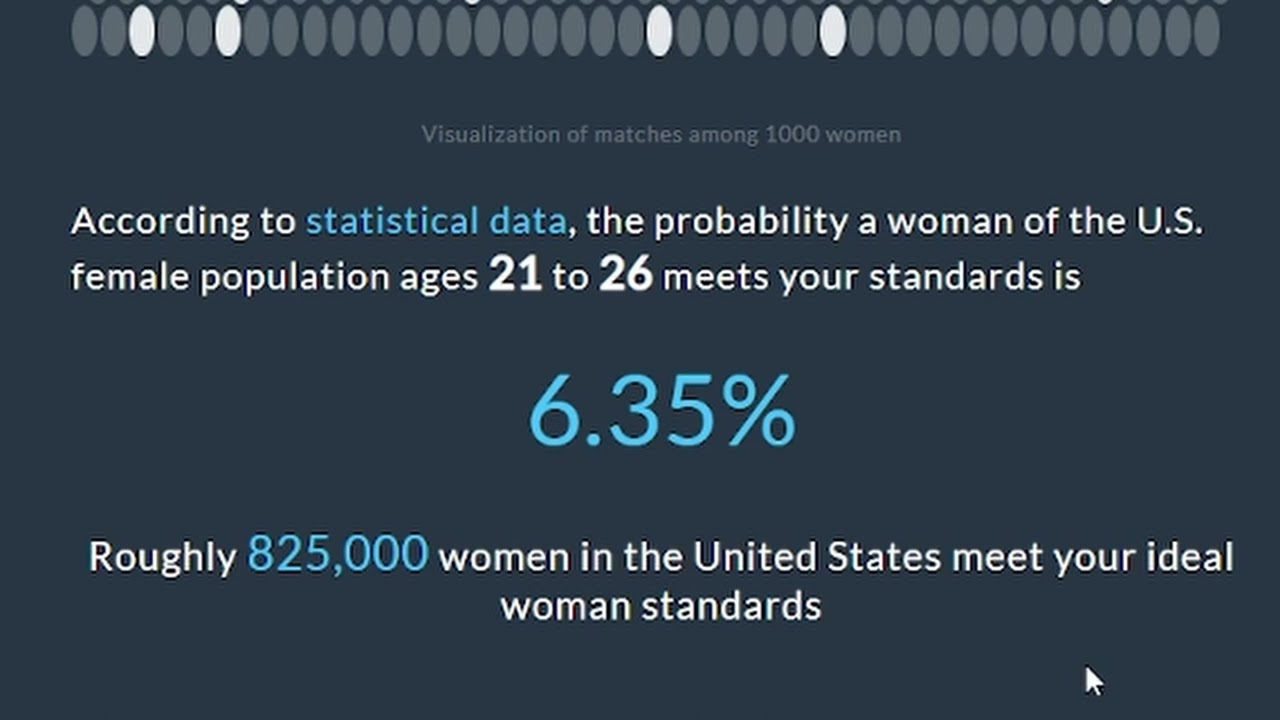Hello there, fellow builders! I’m Bob and today, we are going to delve into the fascinating world of delusion testing, specifically geared towards males. Building a delusion test male can be a challenging yet fulfilling endeavor. Let’s dive right in and explore the intricacies of this fascinating topic!
Understanding Delusion Testing
Before we jump into the nitty-gritty of building a delusion test male, it’s essential to grasp the concept of delusion testing itself. Delusions are false beliefs that are not based on reality, and delusion testing aims to assess and evaluate the presence and intensity of these beliefs. It’s a crucial aspect of mental health assessment and treatment.
When it comes to male delusion testing, there are specific considerations and nuances that need to be taken into account. Understanding the unique aspects of delusions in males is vital for creating an effective testing mechanism.
Components of a Delusion Test Male
Building a delusion test male involves carefully designing the components that will form the basis of the assessment. From questionnaires to behavioral assessments, each component plays a critical role in accurately gauging the presence of delusions in males.
Questionnaires: Constructing targeted questionnaires that elicit responses related to male-specific delusions is a key aspect of the test. These questions need to be carefully crafted to capture the distinct nature of male delusions.
Behavioral Observations: In addition to self-reported data, incorporating behavioral observations into the test can provide valuable insights into the manifestation of delusions in males. This can involve structured observations in controlled settings.
Challenges and Considerations
Building a delusion test specific to males comes with its own set of challenges. Understanding societal and cultural factors that may influence male delusions, as well as navigating the complexities of gender-specific delusional beliefs, requires a thoughtful approach.
Furthermore, ensuring the test is sensitive to potential biases and stereotypes is crucial for creating a comprehensive and fair assessment tool.
Implementing Ethical Standards
As with any form of psychological assessment, adhering to ethical standards is paramount when building a delusion test male. Maintaining confidentiality, obtaining informed consent, and ensuring the well-being of participants are ethical imperatives that should guide the development and implementation of the test.
Integrating ethical considerations into every stage of the test-building process is essential for upholding the integrity and validity of the assessment tool.
Future Directions and Innovations
The field of delusion testing, particularly in the context of male-specific assessments, is ever-evolving. Exploring innovative technologies, such as virtual reality-based assessments or neuroimaging techniques, holds promise for enhancing the accuracy and depth of delusion testing in males.
Continued research and collaboration within the field will pave the way for advancements in understanding and addressing male delusions.
What are your thoughts on the intricacies of building a delusion test specific to males? Feel free to share your insights, questions, or experiences in the comments below. Your contributions are invaluable to our community!
Thank you for joining me on this enlightening journey into the world of delusion testing. I’m eager to hear your thoughts, so don’t hesitate to leave a comment if you have any questions or suggestions!
